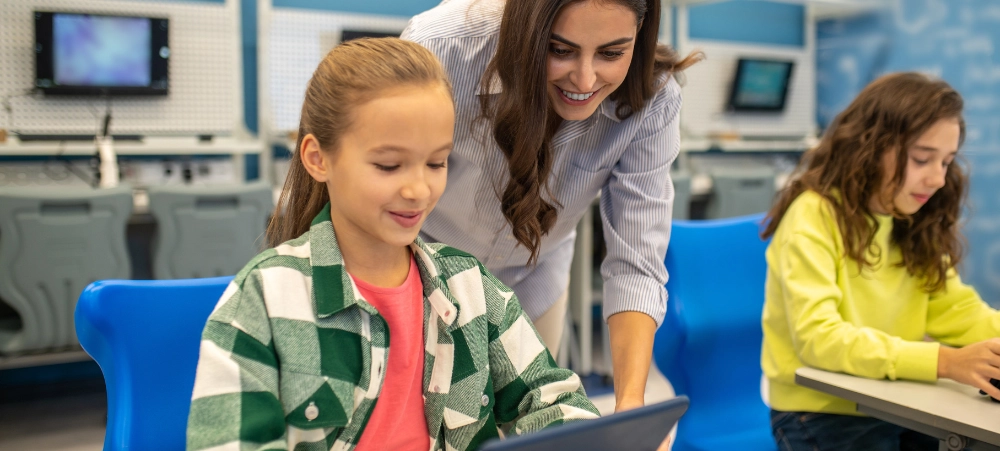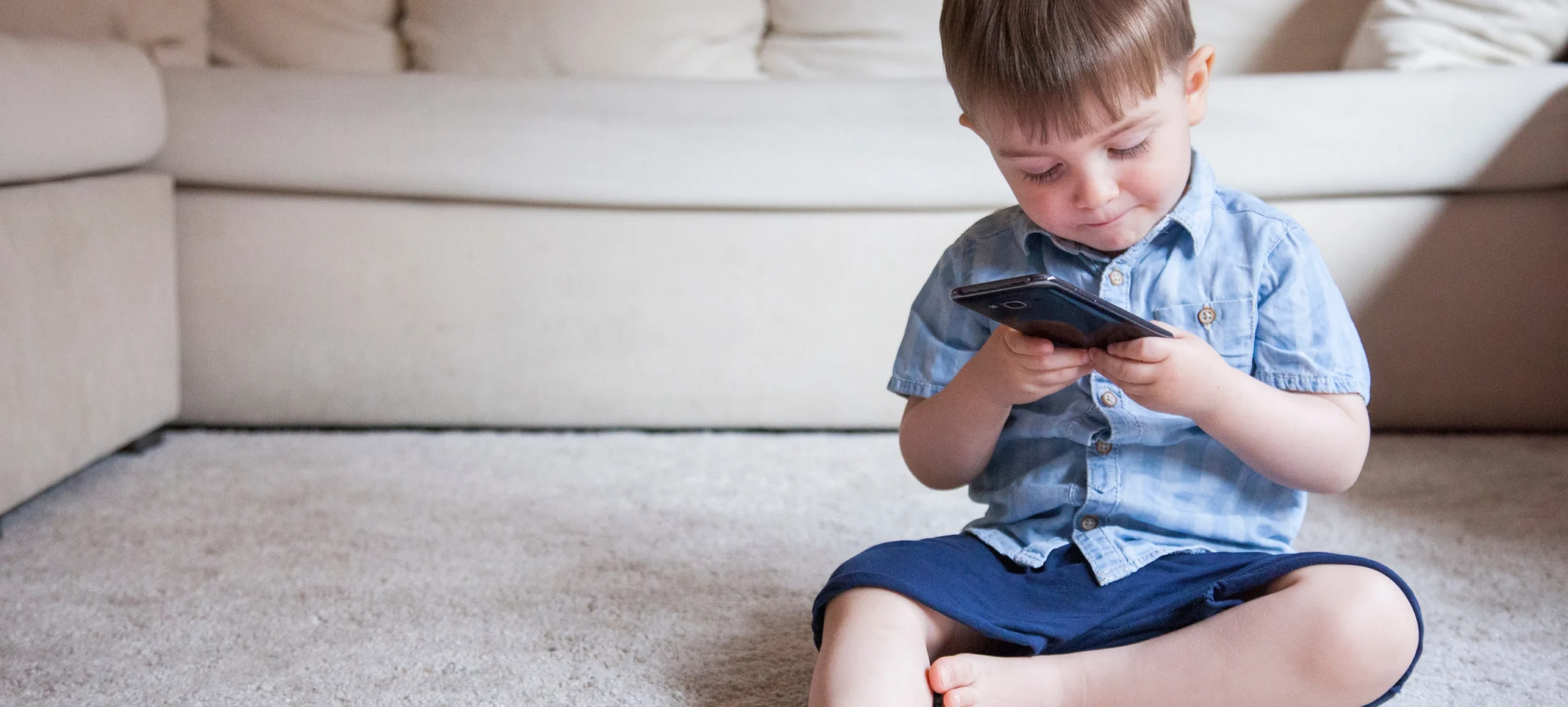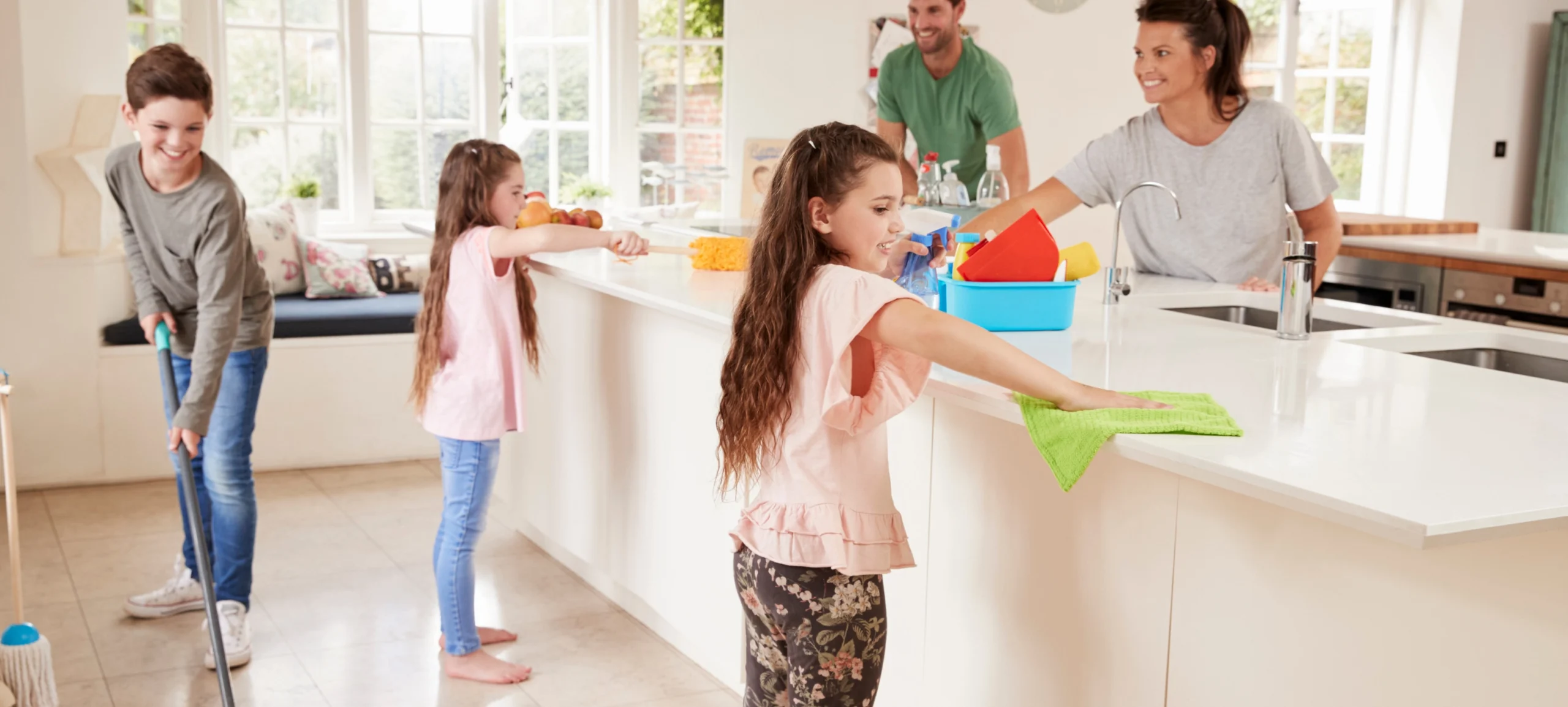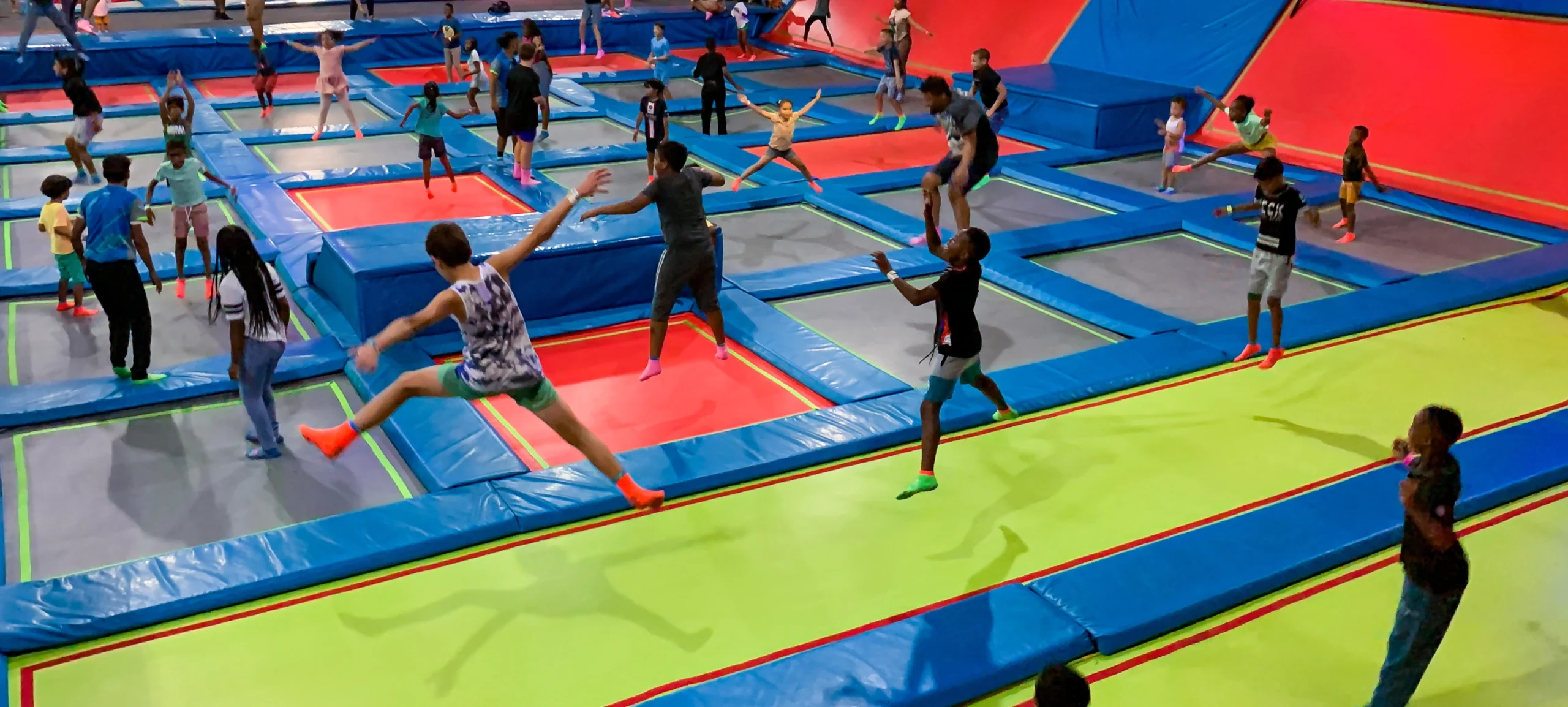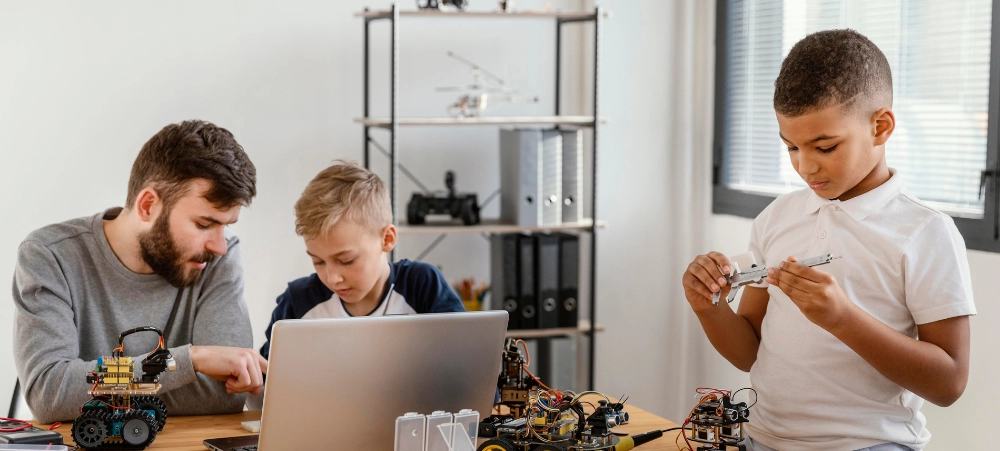
Online Schooling vs. Homeschooling: Which is the Better Choice for Your Child in South Africa?
In South Africa, parents seeking alternatives to traditional schooling are often faced with two choices: online schooling and home schooling. While both offer flexibility and a personalised approach to education, the two models are distinctly different. Understanding these differences is crucial in making the best decision for your child’s future. Wingu Academy, as a leading provider of online education, offers an innovative platform that combines the benefits of online schooling with the structure and support many families seek. Let’s explore the key differences and see why Wingu Academy is a game-changer in modern education. What is Home Schooling? Home schooling involves parents taking full responsibility for their child’s education. This means sourcing curricula, teaching lessons, assessing progress, and ensuring compliance with South African education laws. While home schooling offers freedom in pacing and content, it also places significant demands on parents in terms of time, expertise, and resources. What is Online Schooling? Online schooling, on the other hand, leverages digital platforms to provide structured education led by qualified teachers. Students access lessons, assignments, and resources online, often following an established curriculum. Wingu Academy is a prime example of online schooling done right, offering a seamless blend of technology, expertise, and personalised support. Key Differences Between Online Schooling and Home Schooling Curriculum and Structure Role of the Parent Access to Resources Social Interaction Regulatory Compliance Why Choose Wingu Academy for Online Schooling? Wingu Academy combines the flexibility of home schooling with the structure and quality of traditional schools, creating the ultimate educational solution for modern families: What Parents Say About Wingu Academy Our commitment to excellence has earned us the trust of families across South Africa. Here are some testimonials from Hello Peter: While both home schooling and online schooling have their merits, online schooling through Wingu Academy offers a balanced approach that ensures academic excellence, safety, and holistic development. By combining flexibility with expert guidance and innovative tools, Wingu empowers students to achieve their full potential without compromising on quality or support. If you’re ready to take the next step in your child’s education journey, explore Wingu Academy today. Let’s shape a brighter future together! Join the Wingulian community! Online schools like Wingu Academy are redefining what it means to build a community in education. By leveraging technology to break down barriers, fostering inclusivity, and creating opportunities for meaningful connections, Wingu ensures that students not only excel academically but also develop the interpersonal skills and global awareness they need for the future. For families seeking more than just an education, Wingu Academy offers a transformative experience where students are part of a vibrant, supportive community that celebrates diversity and fosters lifelong learning. In the world of online schooling, Wingu isn’t just a platform—it’s a place where connections thrive and barriers disappear. Take the First Step Towards Success: Enroll at Wingu Academy Today and Unlock Your Child’s Potential! Email: [email protected] Call: 087 147 1668 Book a consultation: [Link]








